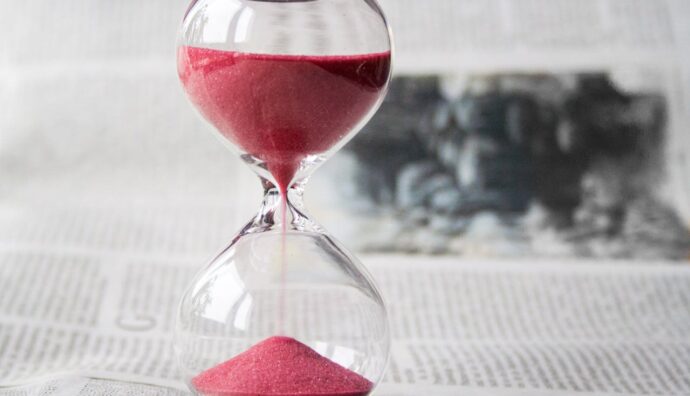When we go to the Dojo, we say we are going to train. Or that we are “going to keiko“.
Saying “going to keiko” sounds very much like a professional in the Martial Arts. That kind of person who starts to interject an English word for every two Japanese words and who tears his/her clothes in despair if someone dares to say that he is wearing a kimono instead of a gi.
The meaning of the term keiko (稽古) has already been keenly investigated. After a few years of practice, it begins to become clear that it is not just a simple training class but above all a moment of reflection and fine-tuning of what has been experienced and learned up to that point.
So what do we train?
We believe that the purpose of keiko is the training of patience. Which is something that no one is born equipped with but that must be developed and trained.
Of course: we develop our body, we learn movements and techniques and the progression of a person who starts from beginner to expert is unquestionable.
But if, over time, physical performance is doomed to be limited, the ability to cope with conflict that crosses the physical boundary and impacts the emotional sphere is something that, if well cultivated, grows over the years.
In Japanese there are three terms used to define patience and we believe that keiko is the point of convergence of these three nuances:
- Shinbou (辛抱), which is the ability to accept negative emotions and feelings and to keep them within oneself;
- Gaman (我慢) indicates the ability to not be arrogant and to accept what one suffers on a physical level or in any case for causes that do not depend on oneself;
- Finally, the most used, nintai (忍耐) which indicates the ability to hide and endure and is used for that type of patience that tolerates emotional and mental fatigue.
We, who are grandsons of Greek and Latin culture, use the term patience, which refers to the ability to know how to face both physical and spiritual pain.
How to unite East and West and synthesize?
We believe that keiko, appropriately directed, constantly exposes our limits. Or rather, it makes us experience first-hand that, if on the one hand our technical growth is (hopefully!) evident, on the other hand there is constant and growing room for improvement. Both on what we already know how to do and on what we still have to learn and/or perfect.
For this reason, when we fail in the Dojo, it is there that we develop patience as the ability to accept the frustration of failure and use that, within ourselves, as fuel for improvement.
But what if the frustration arises from physical pain, from a state of illness, from an injury? Or, in the fortunately more frequent and much lighter cases: how to live those moments in which in the Dojo it is objectively the other person who is responsible for something that bothers us and that is however outside our ability to decide?
In such cases we often find ourselves recognizing that it is arrogance to think we are different from every other person. We are all fragile and we are all certainly capable of impacting others, often in an annoying way. Accepting our true nature is one of the secrets that are revealed over time during the repetitions that discipline, in keiko, imposes.
Finally, in what sense can hiding and enduring be two values through which keiko helps to improve?
If hiding means burying emotions inside oneself, well covered by a social mask, experience teaches that this is one of the most direct ways to get a nervous breakdown and fail.
The same can be said in the case in which enduring means carrying a pain on one’s shoulders for longer than is necessary.
We believe that a martial discipline is an internal laboratory that uses external tools.
For this reason, it is always good to listen to those that are the feedbacks that come from within. There is a dimension hidden even from ourselves: patience is accepting its existence, in us and in others. And it is in the ability to accept this unknown and unpredictable dimension that lies the need to develop patience, keiko after keiko, throughout the duration of our journey.
Disclaimer: picture from Pixabay on Pexels.

